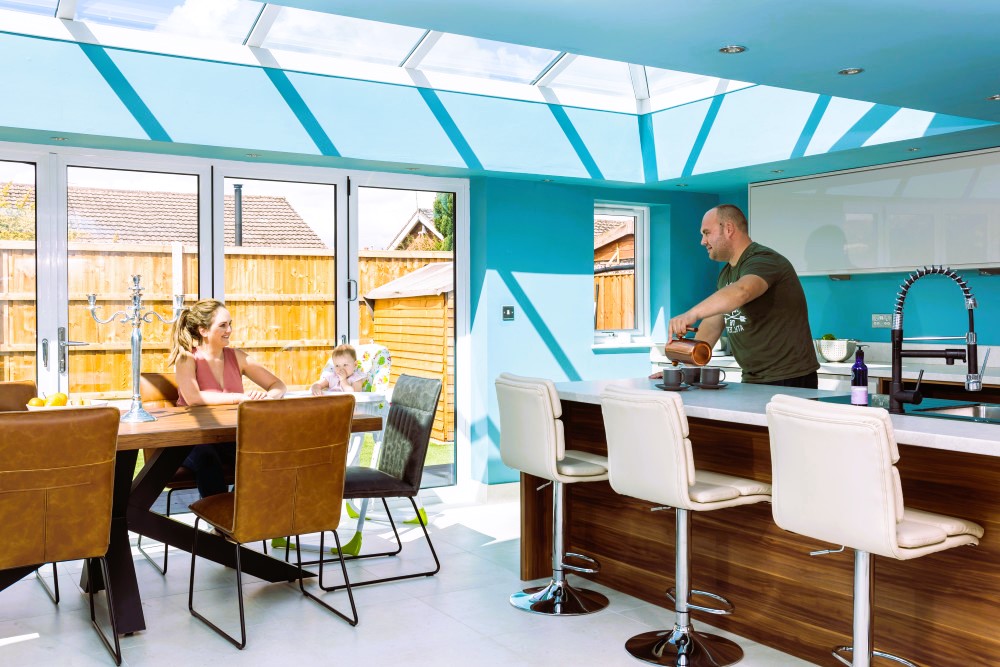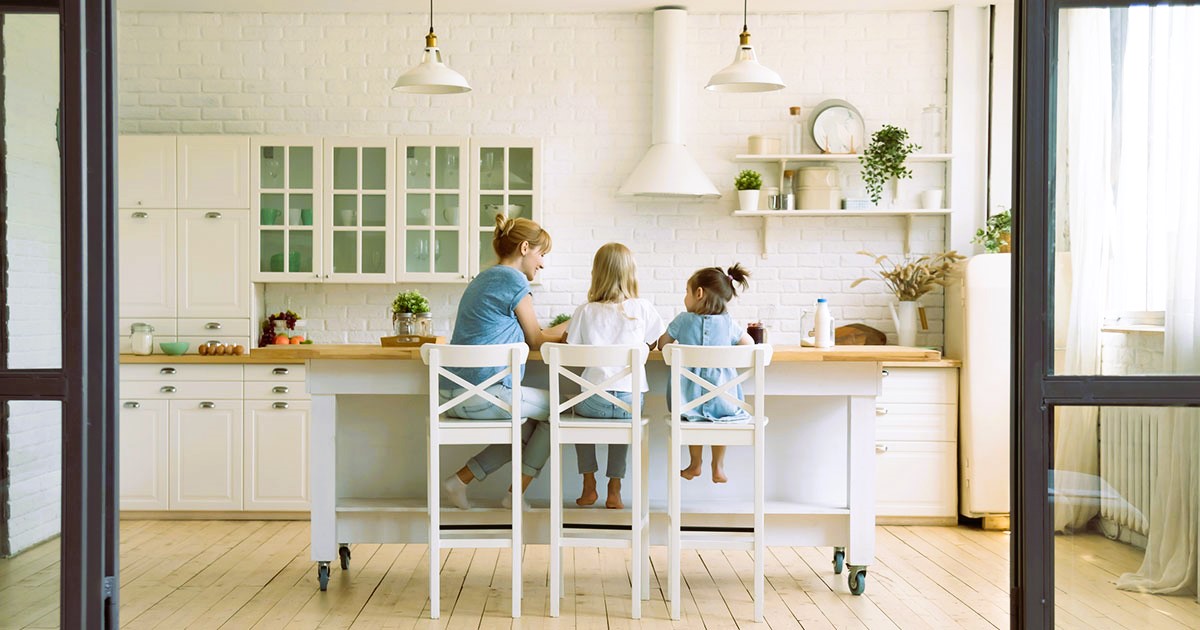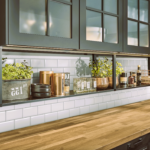Creating a Family-Friendly Kitchen: Practical Tips for Parents
A kitchen is often referred to as the heart of a home, and for families, it’s a bustling space where delicious meals are prepared, and memories are made. For parents, designing a family-friendly kitchen goes beyond aesthetics – it’s about creating a safe, functional, and inviting environment that caters to the unique needs of both adults and children. In this article, we’ll explore practical tips to transform your kitchen into a family-friendly haven.
1. Safety First: Childproofing Essentials
The safety of your little ones is paramount. Begin by installing safety latches on cabinets and drawers containing hazardous items. Consider securing heavy appliances and furniture to prevent accidental tipping. Make sure electrical outlets are covered, and sharp objects are stored out of reach.
2. Kid-Friendly Seating Arrangements

Create a designated area within the kitchen for children to enjoy snacks or do homework while you prepare meals. Incorporate adjustable-height stools or chairs suitable for various ages. This not only encourages family bonding but also allows children to be part of the cooking process.
3. Organized Storage Solutions
Simplify your daily routine by organizing storage spaces strategically. Consider lower drawers and shelves for children’s utensils, plates, and snacks. This promotes independence, enabling kids to access their essentials without assistance.
4. Easy-to-Clean Surfaces
Opt for materials that are easy to clean and maintain. Stain-resistant countertops, washable paint, and durable flooring make it simpler to tackle inevitable spills and messes. This ensures your kitchen remains both functional and aesthetically pleasing. Kitchen remodel on a budget, read our tips for affordable upgrades.
5. Accessible Healthy Snack Station
Encourage healthy eating habits by creating a designated area for easily accessible snacks. Arrange a variety of fruits, cut veggies, and other nutritious options within reach, allowing children to make healthy choices independently.
6. Incorporate Educational Elements
Transform your kitchen into a learning space. Consider incorporating a chalkboard or whiteboard for educational drawings or jotting down grocery lists. This not only adds a creative touch but also makes the kitchen an engaging environment for learning.
7. Family-Friendly Appliances
Invest in appliances that cater to family needs. Look for refrigerators with easy-to-reach drawers for snacks, ovens with safety features, and dishwashers with child-safe locks. Modern appliances can enhance efficiency and safety in a family kitchen.
8. Designate a Message Board

A centralized message board can serve as a communication hub for the family. Use it to display weekly menus, important dates, or notes of encouragement. It helps keep everyone on the same page and fosters a sense of togetherness.
9. Create a Comfortable Dining Area
Whether it’s a cozy breakfast nook or a spacious dining table, ensure there’s a comfortable place for family meals. This promotes a sense of unity, allowing the family to share stories and connect over food.
Conclusion
Designing a family-friendly kitchen is a thoughtful process that involves balancing practicality, safety, and aesthetics. By implementing these practical tips, you can create a space where every family member feels at home. Remember, the key is to tailor the design to your family’s unique needs and create a kitchen that nurtures both culinary creativity and family bonds.
For more information on kitchen safety standards and family-friendly design, you can explore Wikipedia’s Kitchen Design page. Additionally, for official guidelines, refer to Canada’s Home Design and Safety Standards.





